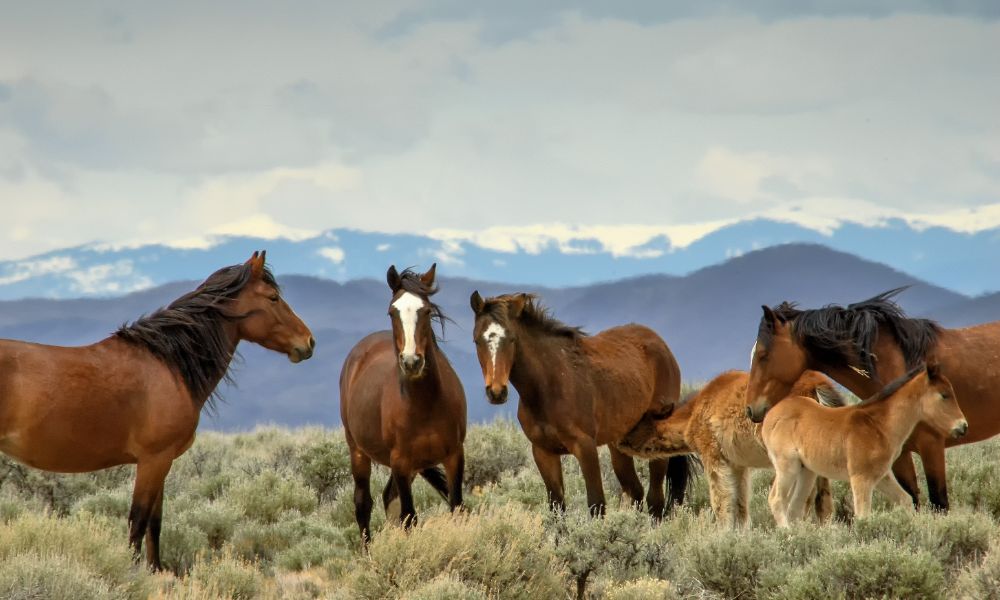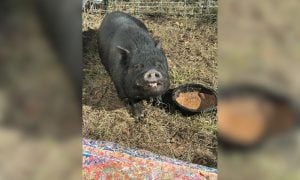Killing non-native animals to protect plant diversity is a flawed strategy, according to a new study.
It has long been a common ecological practice to “cull” — or kill — groups of large herbivorous (plant-eating) animals who are non-native to an ecosystem. This has been practiced due to the belief that they present unique threats to native plants. A new study shows that whether or not the large herbivores are native to the area is not the most significant factor in how they impact the ecosystem.
Past studies have failed to compare the effects both native and non-native herbivorous animals have on plant diversity, according to Phys.org. As a result, millions of dollars are spent each year culling non-native animals from ecosystems based on the belief that they will cause more damage than native herbivores.
Today, many of these large animals are now endangered in their native communities.
In the new study, published in Science, researchers from Denmark’s Aarhus University and the UK’s University of Oxford compared the impact on native plants caused by large native herbivores versus those large herbivores introduced from other areas.
The results were indistinguishable.
By comparing the effects of both native and introduced large herbivorous animals in 221 studies from across the world, the researchers determined there were no noticeable differences to the amount or diversity of surviving plants, contradicting past beliefs.
As the study explained, “functional traits” — or how the species selects plants to eat and moves through an ecosystem — are more important than whether or not they are native to the ecosystem.
This study suggests that non-native large herbivorous animals may help the conservation and ecological health of an ecosystem if they display the functional traits that the ecosystem needs.
Lady Freethinker applauds these researchers for their research which may help protect non-native large herbivores from senseless slaughter.








